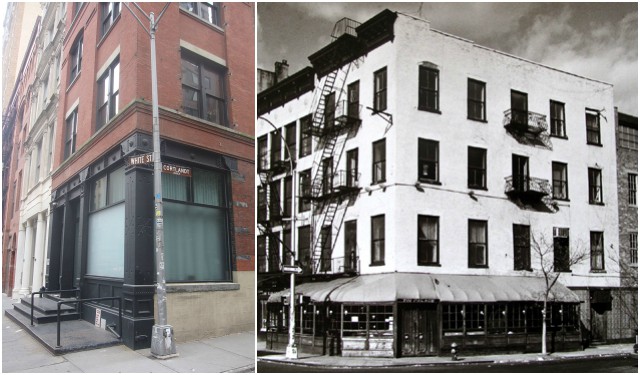What makes a place, a building, or even a location worth remembering? Is it its historical importance, architectural value, or something entirely else? It is a question that is impossible to give an easy answer to.
New York City has seen tons of places over the years have either gone out of business or been closed and left facing dereliction. But one thing is for sure. All of them, in one way or another, have a place in the city’s history.
In this article, we will talk about some of the most important music venues and clubs that existed in New York, and while they may be closed now, all of them were responsible for helping shape the modern music sound of the city. And they are still an inseparable part of the urban history and environment and should be treasured as such.
The Mudd Club
Even if it existed for a very short time, from 1978 to 1983, the Mudd Club made a tremendous impact on the 80s counterculture movement. Located in downtown Manhattan, at 77 White Street, this club was a regular venue for avant-garde artists, punk rockers, and experimental music performers.
The place was founded and run by Steve Mass, with the help of art curator Diego Cortez and singer Anya Phillips. To secure the loft venue that had caught his eye he pitched his idea to the owner of the space, New York-based artist Ross Bleckner. Mass described the establishment he wanted to open as some sort of cabaret, and Bleckner, being intrigued by the idea, gave him the required space.
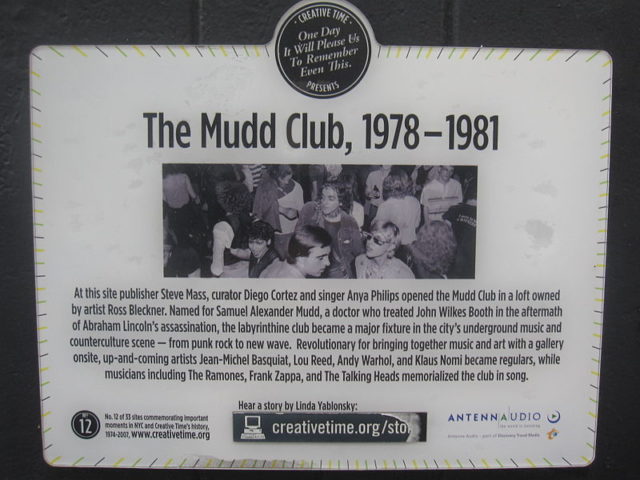
The Mudd Club was opened on a reported budget of only $15,000. The nightclub featured a rotating gallery on the fourth floor that was curated by artist Keith Haring, a bar, gender-neutral bathrooms, dance floor and a stage for live performances. And for the name of the venue, Steve Mass and his associates dubbed it after Samuel Alexander Mudd, the doctor who treated Abraham Lincoln’s assassin, John Wilkes Booth.
Very quickly, the club gained a cult-like following, especially within the “underground” community. It was regularly visited by many of Manhattan’s celebrities, including literary icons Alen Ginsberg and William Burroughs, indie filmmakers Amos Poe and Vincent Gallo and artist Jean-Michel Basquiat and his then-girlfriend Madonna.
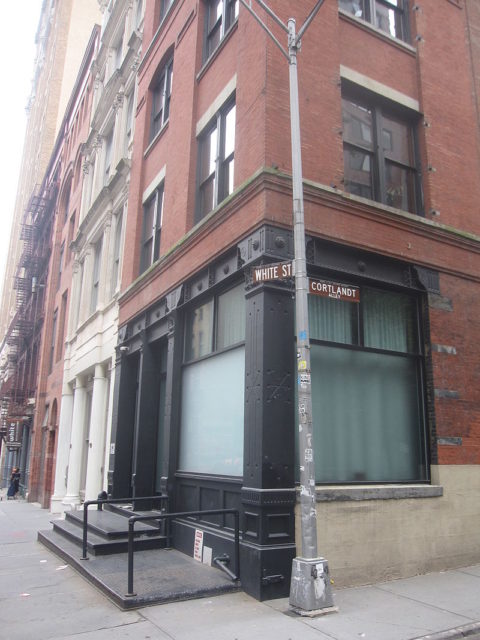
Also closely associated with the place were many musicians of the New York new wave scene, like Lou Reed, Debbie Harry, and David Byrne. And after the first few years, the legendary pop art artist Andy Warhol started showing up at the club also.
But, in only its fifth year of existence, the Mudd Club suddenly and very unexpectedly closed in 1983. No one knows the exact reason for the club’s sudden demise. Some claim that the place lost its charm in its later years and simply wasn’t fun anymore. While others say that it became to be very formal and almost elitist, precisely the thing that it tried not to be.
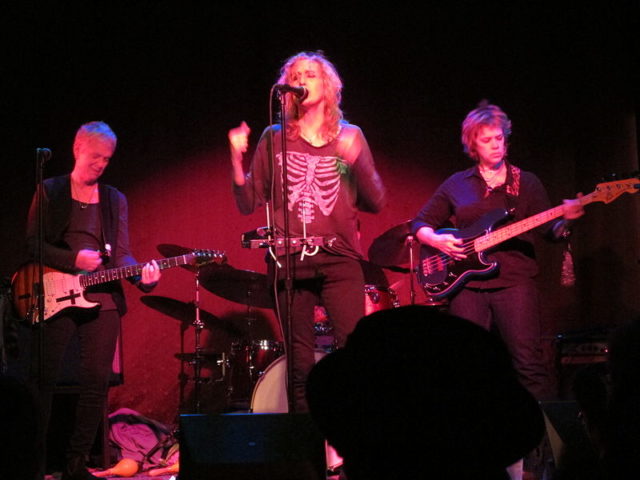
However, the place still maintains its cult reputation. In 2010, a two-night reunion was held on October 28–29, where many regular bands of the Mudd Club performed. And in September 2017, a memoir by former doorman Richard Boch will be published.
Minton’s Playhouse
Founded in 1938, by tenor saxophonist Henry Minton, the Minton’s Playhouse jazz club played a crucial role in the development of the modern jazz sound and bebop. Today, this legendary establishment holds a very special place, not just among the citizens of Harlem, but also for all jazz aficionados out there.
Great artists, like Thelonious Monk, Charlie Parker, Dizzie Gilespie and Kenny Clarke, all of whom played regular jam sessions at Minton’s, pioneered the bebop style during the 1940s. In those days, musicians who played in jam sessions were regularly fined by the union as it was an activity that was considered prohibited.
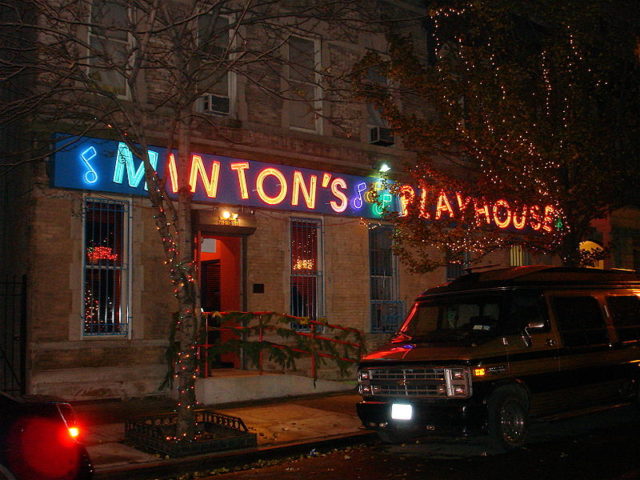
But with Henry’s tenaciousness and his close ties to the union, somehow Minton’s Playhouse seemed to be immune to that. In the late 1940s, he hired Teddy Hill to manage the club. Teddy continued in the same direction that Henry had started, but also improved on it, making the place even more popular. He put together a steady house band, a quartet led by Thelonious Monk on piano and accompanied by Joe Guy on trumpet, Nick Fenton on bass, and Kenny Clarke, drums.
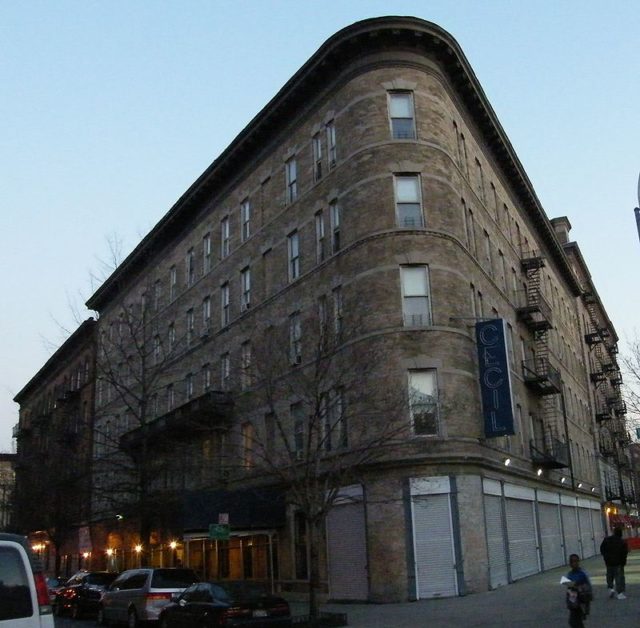
This way of running the club kept the music and Minton’s reputation at a very high level. It was almost always packed to the fullest, and because of the laid-back style, it was also many jazz musicians favorite place to hang out and practice their craft. One famous American novelist and literary critic once described Minton’s Playhouse as “a retreat, a homogeneous community where a collectivity of common experience could find continuity and meaningful expression.”
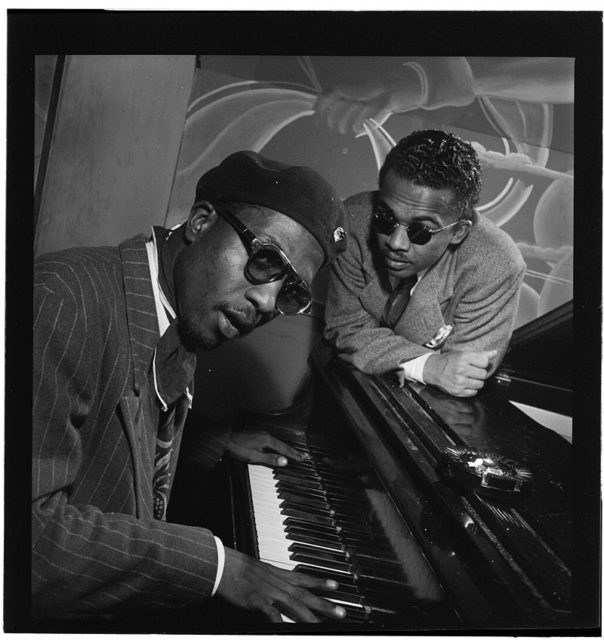
During the 1950s, the Playhouse dropped its open jam policy in favor of making room for big-name jazz acts to perform. But by the turn of the 1960s, the club had run out of steam. Mediocre performers started to take on the stage, and the experimental edge that the place had some twenty years ago was now gone.
It eventually closed in 1974 and remained like that until May 19, 2006, when it was reopened under the name Uptown Lounge at Minton’s Playhouse. This revival was very short lived and the club was again shut down in 2010.
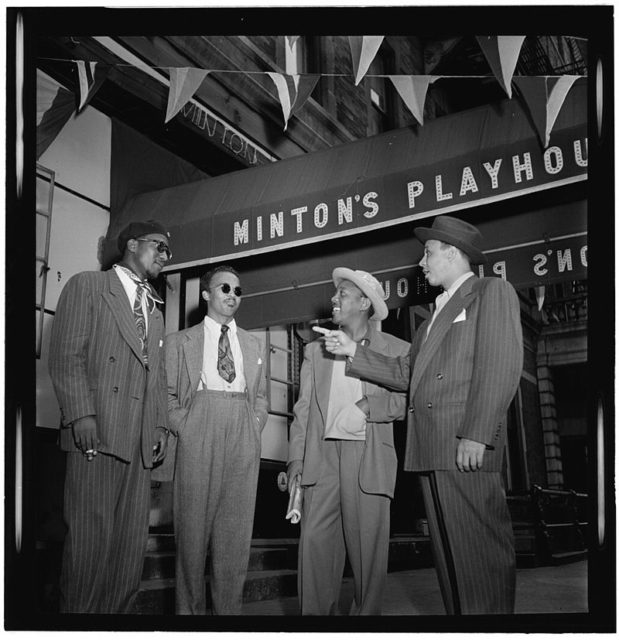
However, no matter what happens to Minton’s in the future, this historical venue will always be closely associated with the 1940s and the artists who gave birth to the bebop style. It is a registered trademark of Housing and Services, Inc. and a small plaque can be seen standing at the door of the club.
Village Gate
This now defunct nightclub was opened in 1958, on the ground floor and basement of 160 Bleecker Street in Greenwich Village. It eventually closed down in February 1994, and since 2008 the space now functions as a multimedia art cabaret and performance venue called Le Poisson Rouge.
Nevertheless, during its 36 years of existence, the Village Gate saw many legendary musicians come and go. Some of those include John Coltrane, Nina Simone, Charles Mingus, Herbie Mann, the Velvet Underground, Miles Davis, Jimi Hendrix and Aretha Franklin, who made her New York debut in this club.
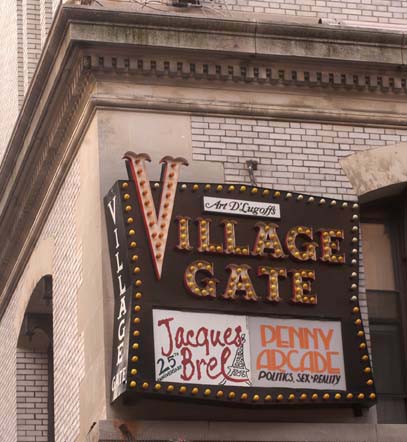
In the 1960s, the place regularly played Latin and salsa music, which was highly popular in those days. And every Monday night, Village Gate held regular concerts (“Monday Nights at the Gate”), featuring the best of the Latin music scene in New York. The events were hosted by long time DJ and radio presenter Symphony Sid.
From 1971 to 1973, the Gate had a little change in pace, when the National Lampoon: Lemmings took over the stage. Led by comics John Belushi, Chevy Chase and Christopher Guest, this musical comedy revue had a very successful run at the Gate.
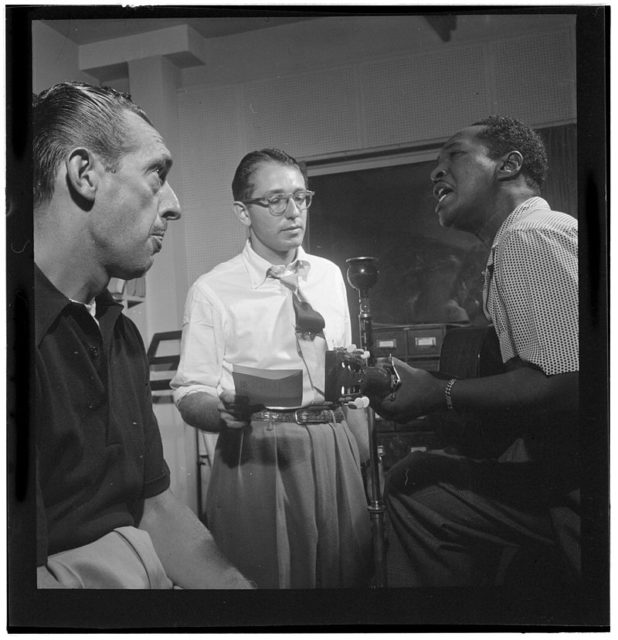
But what the Village Gate is mostly remembered is for Let My People Come, a very explicit musical written by Earl Wilson, Jr. The show first opened on January 8, 1974, and played until July 5, 1976, making a record of 1,167 performances, and was nominated for a Grammy Award.
The Tin Palace
This famous jazz club on the Bowery has a very important and nostalgic role for the New York jazz scene. For many music historians this venue, to some extent, represents a cornerstone for the larger, more popular music scene that followed.
Throughout most of the 1970s, this spot was a sanctuary and a safe haven for tons of musicians that managed to recapture the frenetic energy of the old 1940s jazz, but with an entirely new, modern sensibility. It was a dream come true for owner Paul Pines, who lived in the neighborhood and always wanted to manage his own jazz club.
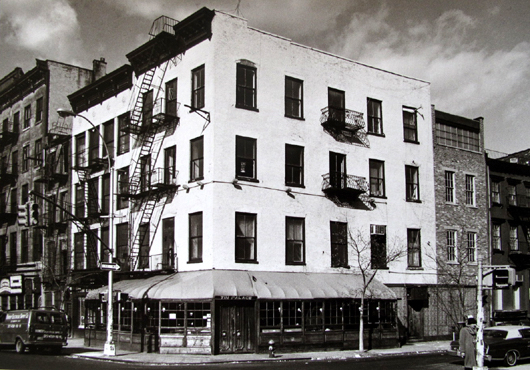
The place opened in the fall of 1973 with the Murray Shapinski Quartet. And it didn’t take very long for the club to become extremely popular. The Tin Palace had a reputation for playing high-quality jazz, mixing classical with the avant-garde and because of that, the place was held in high regard by the media and the music industry.
It is said that legendary filmmaker Martin Scorsese and author Kurt Vonnegut were regular guests at the club, and also beat poets Peter Orlovsky and Allen Ginsberg.
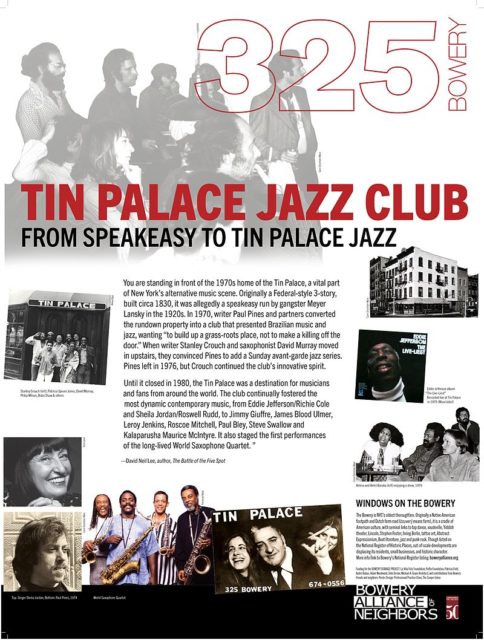
Today, the Tin Palace is still held in high regard. It’s been honored by the BMCC Tribeca Performing Arts Center annual “Lost Jazz Shrines” series and its listed in the National Registry of Historic Places.
The Cooler
Located in the Meatpacking District in Manhattan, at 416 West 14th Street, The Cooler has probably the most interesting and eclectic history of any New York club. All kinds of music styles have been played and performed in this venue over the years, from Americana, roots music and punk, to experimental, dance and electronic music. And usually the music, either played live or by a DJ, was blended with film and video arts in the background of the performers.
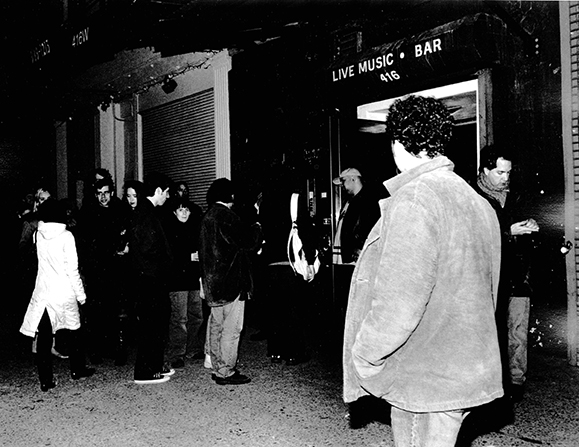
The Cooler opened on September 22, 1993, and flourished throughout the 1990s, which are considered the club’s golden years. Jedi, who was the proprietor and curator of The Cooler, was mainly responsible for the booking of the bands and artists and their schedule of play.
In its first years, the club had a personal preference for playing a wide variety of experimental music genres. Often the music was played live and almost all acts were New York based. But in its later period, the music drastically shifted toward more electronic sound and EBM played by local DJs. And club parties became a regular thing in The Cooler’s program, the most famous being the Artist Curated Monday Nite Series.
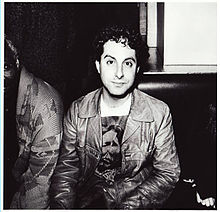
However, in early 2000 the club started having serious problems, mostly because of Mayor Giuliani’s new vision of the “Cabaret Law”, which forced their entire program to be altered. Of course this didn’t sit well with the regular guests and the Cooler quickly went out of business, closing in on June 2, 2001. Performing that final night were Alan Vega and Suicide, James Chance and Michael Karoli of Can.
